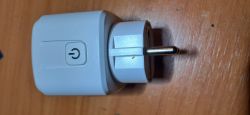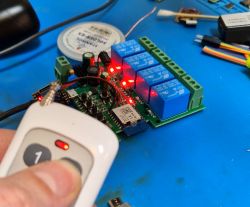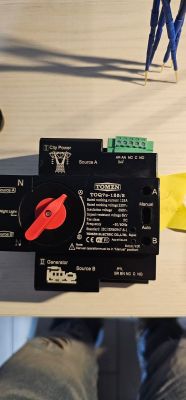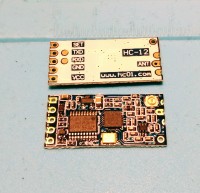Hello, I am facing the problem of selecting a module for wireless communication between devices. The devices will be about 500m away from each other. The target is to have 3 devices: the first acting as a sensor, the second as a data acquisition, the third presenting the measurement on a display. I have already looked through a dozen radio modules and solutions used in IoT, and M2M. I have come across network solutions compliant with the Sigfox, LoraWAN and ZigBee standards, since WiFi and Bluetooth are not suitable due to the lack of range at such distances. I was thinking of using the LoRa standard or XBee modules. The first question that comes to my mind is what band should be used, and what distinguishes the various bands (apart from the range, which depends on the frequency)? I have seen LoRa modules operating in the 433MHz, 868MHz and 915Mhz bands? ;/ I have also come across several versions of LoRa SX12xx transceivers from Semtec, and integrated transceiver modules with MCUs such as Microchip's RN2483 or Murata's CMWX1ZZABZ-078, can anyone tell me what will distinguish transmission on the various available frequencies, and is it very complicated to establish communication using the LoRa standard? To start with, I am considering this set: https://www.elektroda.pl/rtvforum/topic3251401.html#15948217







